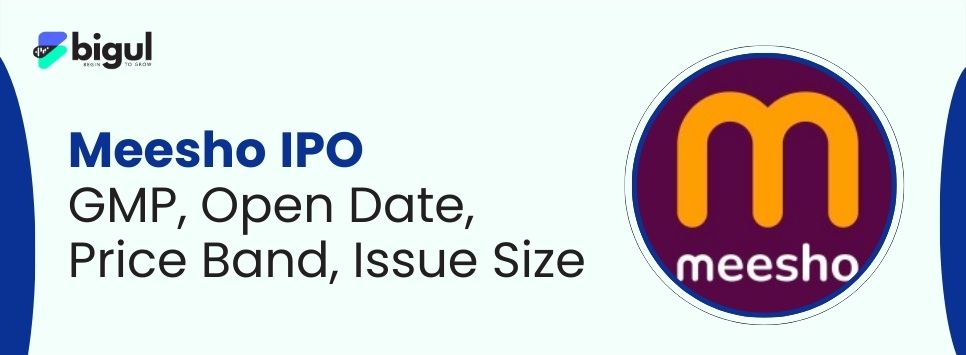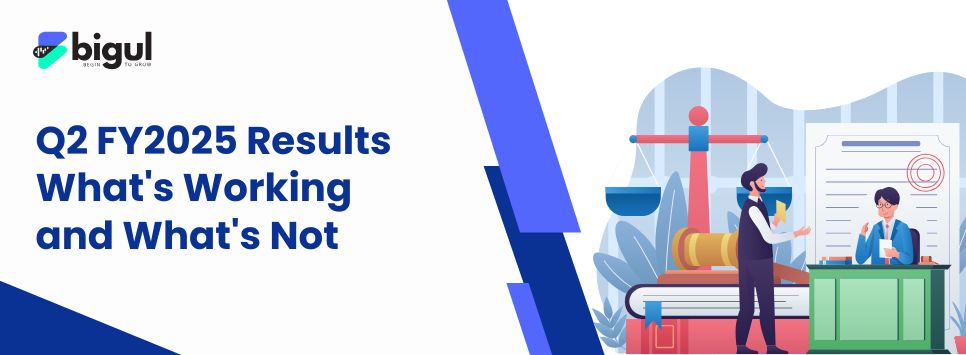The Indian stock market opened to a sea of red on Monday, with metal stock indices leading the downturn. This sharp decline followed US President Donald Trump’s unexpected announcement doubling tariffs on steel and aluminium imports to 50%, effective June 4, 2025.
Shares of major steel companies like Tata Steel, JSW Steel, Hindalco, and SAIL fell 1.5-2.5% within hours of market opening, wiping out significant investor wealth. The BSE metal index plummeted 467 points as panicked selling gripped the sector .
Asian markets mirrored the anxiety, with Japan’s Nikkei falling 1.33% and South Korea’s steel stocks declining amid fears of global trade disruption.
US stock futures also dipped by 0.3%, signalling worldwide unease. Many had considered metal stock investments as stable bets given India’s infrastructure push, but global policy shocks proved otherwise. The tariffs directly threaten $4.56 billion of India’s annual metal exports to the US, a critical revenue stream for domestic steel companies.
Also Read | 3-Month Nifty & Bank Nifty Futures Analysis: Trend, Volume, & Price Insight
Immediate Market Impact and Investor Anxiety
Monday’s trading session felt like a gut punch for investors holding metal stock portfolios. Tata Steel shares slid to Rs157.65, JSW Steel dipped to Rs993.80, and Hindalco fell 2.4% to Rs633.35 – reflecting widespread panic about shrinking export profits. The Nifty Metal Index dropped 146 points as selling pressure intensified. Retail investors, particularly those under 35, took to social media to share screenshots of double-digit portfolio losses within minutes of market opening .
The trigger was unmistakable: Trump’s Friday announcement at a Pennsylvania steel plant, where he declared, "We’re going to bring it from 25% to 50%." His Truth Social post later confirmed aluminium tariffs would also double. For Indian steel companies, this couldn’t have come at a worse time. FY2025 saw India export $3.1 billion worth of steel articles and $860 million in aluminium products to the US – figures now in jeopardy. Young professionals who’d invested in metal ETFs saw years of gains evaporate instantly .
Brokerages scrambled to downgrade metal sector outlooks. "These tariffs will compress margins by 15-20% for exporters," noted a Kotak Securities alert. The uncertainty even dragged down ancillary industries, with auto and construction metal stock prices softening. Many millennials questioned whether to hold, sell, or average positions. Online forums buzzed with debates about the duration of this bearish phase. The Finance Ministry’s silence post-announcement only deepened the anxiety.
Market veterans advised calm but acknowledged the severity. "Unlike 2018’s 25% duty, 50% is prohibitive," warned a veteran NSE trader. "US buyers will shift to cheaper suppliers unless steel companies absorb the hit.
" With India already a net steel importer (10.5 MT in FY25), fears of dumped Chinese/Russian steel flooding local markets intensified. The safeguard duty of 12% imposed in April now seems inadequate. For retail investors, the turbulence underscores how global politics can upend carefully built portfolios overnight .
Industry Response and Strategic Dilemmas
India’s steel companies face brutal math: absorb crippling tariffs or lose their third-largest export market. The Federation of Indian Export Organisations (FIEO) urgently flagged erosion of "price competitiveness," especially for value-added products like auto components and pipes. "Higher duties could disrupt $6.2 billion in exports," cautioned FIEO President SC Ralhan. Industry leaders privately admit the 50% duty makes most shipments unviable without government intervention.
JSW Steel’s Jayant Acharya voiced a broader fear: "Trade diversion into India due to global tariffs." With other nations shielding markets, India’s strong domestic demand makes it a dumping magnet. Already, FY25 saw steel imports rise 9.2% while exports fell 27%. The sector unanimously urges stricter safeguards against subsidised steel imports.
Diplomatic channels buzz with activity. India had notified the WTO on May 9 about retaliatory tariffs targeting US walnuts, almonds, and metals. The US bluntly rejected this on May 22, claiming national security grounds exempt it from WTO rules. With Washington refusing consultations, New Delhi faces a tough choice: impose counter-tariffs by June 8 or negotiate exemptions via the ongoing bilateral trade deal. Either path risks escalation.
Exporters propose middle paths. Engineering Export Promotion Council’s Pankaj Chadha noted the UK’s Section 232 exemption and urged similar treatment for India. Others want a faster conclusion of the bilateral trade agreement’s "early harvest" deal. But Trump’s timing, during negotiations, complicates talks. As a senior Commerce Ministry official admits, "This undermines trust." The industry now braces for margin compression and possible production cuts if exports stall.
Long-Term Outlook and Adaptive Strategies
Apart from the pain now, this crisis could drive steel businesses in India to move forward and adapt more quickly. Tata Steel and JSW could fill the gap here by providing EU buyers with low-carbon steel. Letting the US control export markets is dangerous – Southeast Asia and Gulf nations can help lessen that dependency. Spending on infrastructure at home is an area where the government performs strongly.
Government projects require vast steel quantities, shielding producers from export shocks. Companies are already reallocating export-oriented inventory to local markets. However, this demands balancing quality and cost competitiveness against cheap steel imports. Industry leaders advocate higher import duties on finished goods to protect market share .
Technological innovation will define winners. "Smart steel companies are investing in high-margin specialty products less vulnerable to tariffs," says a Moody’s Metals report. Automation and AI-driven efficiency gains can offset margin pressures. JSW’s expanded capacity and Tata Steel’s Kalinganagar plant (adding 5 MT output) reflect this foresight. Cheaper production enables competitive pricing despite global headwinds.
Conclusion
For investors, selective metal stock picks are vital. Firms with integrated operations (mines to mills) like SAIL or value-added producers like Jindal Stainless may outperform. Analysts also recommend monitoring India’s WTO retaliation; targeted tariffs on US goods could benefit domestic agro-processors.
The US tariffs shock underscores Indian metal’s vulnerability to trade politics. Yet history shows every tariff wave eventually recedes, while India’s domestic demand grows inexorably. . Young investors should treat the dip as an opportunity to invest in steel companies that put importance on sustainability and efficiency. Whether the industry can improve or not will depend largely on its ability to change as India decides on its strategy.
Also Read | Nifty ETFs 101: A Complete Guide for Indian Investors









.jpg)
.jpg)
